As part of my Arunchal Pradesh sojourn last year, I had the opportunity to visit several unique places, one of them being a visit to a Garo community village in Sonitpur district of Assam. It was indeed fascinating to learn about the life, culture and customs of this ethnic group who are believed to have originated and migrated from Tibet as early as 400 BC. One of the handful of the matrilineal societies remaining in the world, the Garos are found in parts of Meghalya, Arunachal Pradesh and Assam.
Fishing and agriculture are their main occupations and their traditional attire which is now reserved for special occasions like festivals is colourful and hand woven. Their accessories include chunky jewelry comprising of beads and trinkets. Below are some captures of their colourful clothes, jewelry and customs.
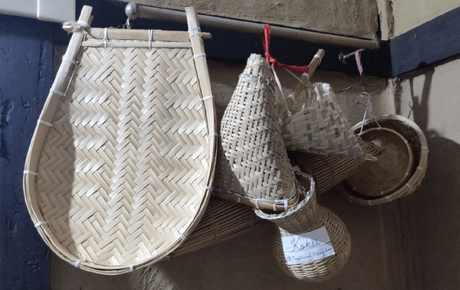

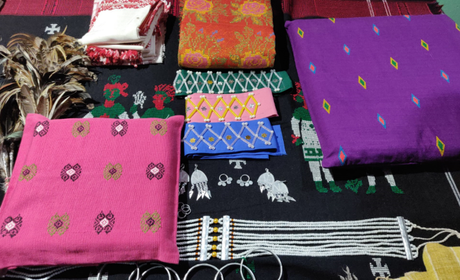
Most of the womenfolk of the tribe are into weaving with many houses having a backstrap loom.
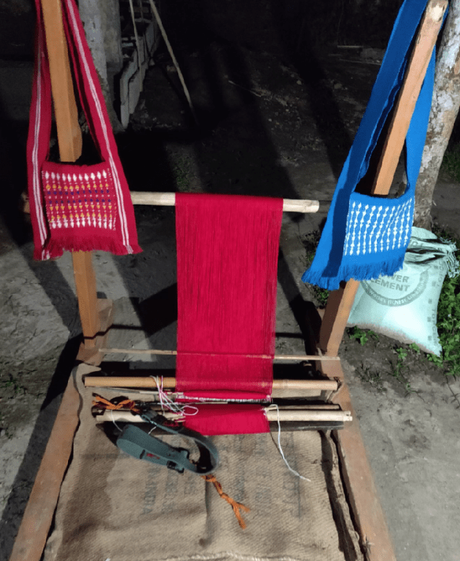
The woven fabrics are coloured using vegetable dyes and organic methods. For eg, yellow is obtained by using turmeric, while shades of pink are obtained by using peels of onions. Leaves are boiled and used for various shades of green. The cloth is embroidered by hand and their signature design includes a geometric pattern done at the borders.
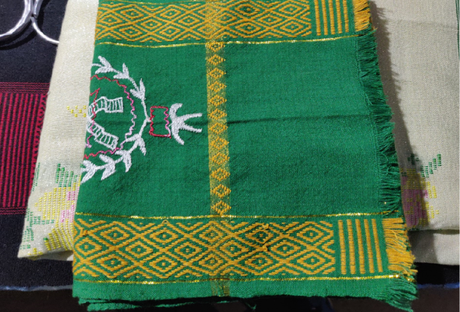

We were also treated to some authentic delicacies made by these wonderful women, the main ingredient used was rice which was hand pounded.
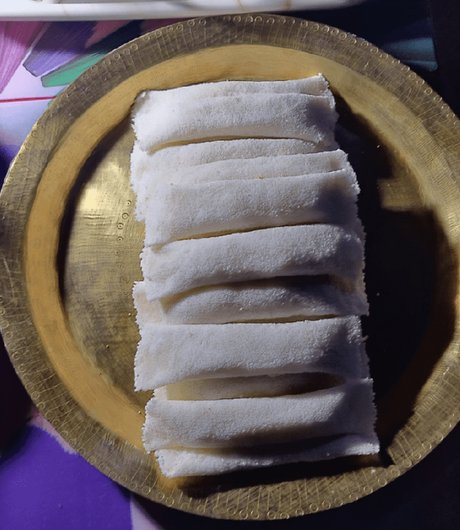

While Garos have retained their identities, many of the age-old customs and traditions are fading away with most of the population converting to Christianity. In order to preserve the rich cultural heritage of the Garos, organizations like the Balipara foundation have trained and facilitated the tribal folk to open up their homes for tourists as home stays in the Sonitpur district of Assam. This exercise aims to benefit both tourists as well as the local tribal population.
A detailed version of this article was published in The Tribune.
